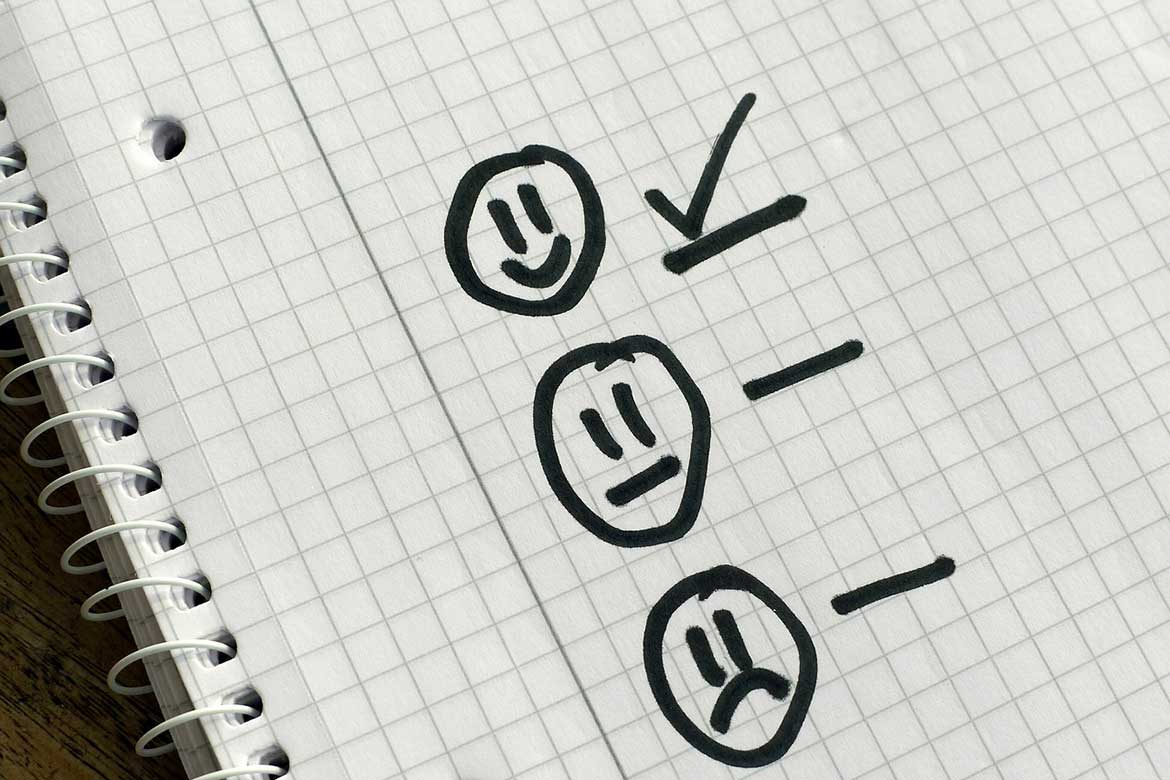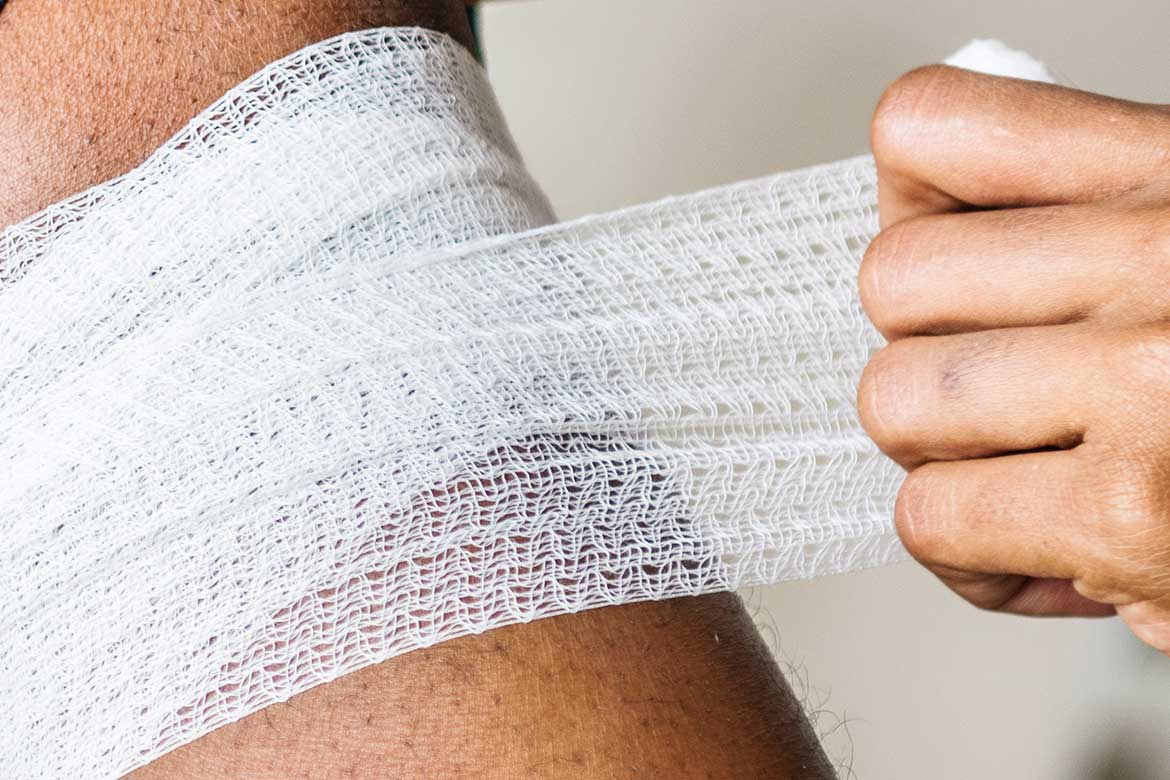28th August, 2025
How To Plan For Better Health And Safety At Work
If you want better health and safety, you need to plan for it. And who doesn't want to stay safer and have fewer accidents and ill health in their workplace? In this blog post, we look at how to plan for better health and safety at work.

As the saying goes, health and safety doesn't happen by accident. And it's true.
Planning is important in every area of business.
Do you want to get a project finished? You set goals, allocate resources and plan the work.
Need a product to be of high quality? You purchase good materials, you train your team, you check, and you test.
Health and safety is no different. It's another area of business that needs to be planned for, put into action - and developed. A positive health and safety culture takes time and effort to grow.
Do you have health and safety goals? What about protecting your team? Preventing harm? Reducing accidents? Keeping people safe? Keeping them healthy?

By planning for health and safety, you can take better control of the hazards and risks in your workplace. Not as an afterthought. Not as a tick in a box. But as part of your overall business strategy. By having a clear and carefully considered plan, you can achieve your goals. Protecting your team and your business.
So how can you plan for better health and safety in your business?
Change your thinking
Some people see health and safety as red tape. Something that's done to them, a burden that is forced upon them by laws and regulations.
But health and safety isn't just something that's required by law.
Let's pretend for a moment that there are no health and safety regulations. You are free from all the 'red tape' and there's no risk of inspections or prosecutions if things go wrong. Would it make business sense to forget about keeping your team safe? Stop protecting them from harm?

Of course not!
Good health and safety can save you money. And no business wants to lose money. If you harm someone, they can't work. You need to replace them. Train someone else up. And if they get hurt, you have to do it again. Soon productivity drops, work falls behind schedule, and customers go elsewhere - probably to a more reliable competitor whose staff aren't always injured or sick.
You need to keep your staff safe to stay in business!
So it's time to stop thinking that health and safety is something that we are forced to do. Something that the law tells us to do. And start seeing it as a way to protect your team, and protect your business.
This simple change in mindset can help you plan for better health and safety the same way you plan for improving quality or meeting deadlines. It makes good business sense.
Go beyond paperwork
Your health and safety plan should go beyond paperwork. Risk assessments are a legal requirement. Your health and safety policy needs reviewing.
Yes, you must have these documents in the plan, but they are not the plan.

Your health and safety plan is about more than just documents.
- How are your health and safety documents developed?
- Who's involved?
- When are they communicated to your team?
- How do you know if the documented systems are working?
- What are the feedback channels?
- What else needs to be done?
Safety always
Health and safety is part of everything you do, like it or not. And if you don't like it, then bad health and safety is probably going to be part of everything you do. Because, if you ignore health and safety, the risks don't just go away. The hazards are still there.
Do you know the difference between a risk and a hazard?
Make 'safety always' part of your mantra. And part of your plan. This means putting health and safety awareness into your daily activities. Not just a monthly management meeting, or a once a year review.
Level up
Your health and safety plan should involve all levels of the business.
Yes, employers have health and safety responsibilities. But so do employees. A positive health and safety culture needs everyone to be involved in creating a safer workplace.
Management should lead by example. It shouldn't be the case that the management creates the rules and the team follows the rules. It should be more of a case of everyone creating the rules and everyone following the rules.

Leaders can lead the way, but gathering feedback from working with your team can be the difference between a good plan, and a great one.
Better inputs, better outputs
Many health and safety plans can just focus on outputs. Document records, training certificates, and results records.
But you should also plan for your inputs. What information is coming into your health and safety system? Feedback, questions, ideas, suggestions. These inputs can have a big impact on the quality of your output.
For example, when you are risk assessing an activity, you might get feedback from the team that is carrying out the work. They could provide some ideas and suggestions for how the work can be better controlled. Encourage that valuable information! Add it to your plan!

You might be able to put some of the suggestions in place immediately and make the job safer right away. Other ideas might be more complex, or require additional resources, but have a long-term benefit to your business. They can be planned for the future.
The better your inputs, the better your outputs.
Use every opportunity
Health and safety shouldn't just be a topic at board meetings. It should be part of every meeting. With every conversation that involves a change to a deadline, work process, or instruction. Ask, "How will this change affect safety?".
- Have any additional hazards been introduced?
- Does this impact the risk level?
- Is it safe?
Be creative
Health and safety doesn't have to be boring.
Is paperwork not your thing? What about a presentation? Or a video? Or a game? Or role play? Or a practical example?
Is the classroom not your favourite setting? What about training on the job? Or a team-building safety exercise? Or online learning?

Health and safety can be pretty flexible. So when you're planning for better health and safety at work, think about all the different ways you can create health and safety moments.
You don't have to do things the way they have always been done. You can try something new. The more you mix things up, the more interesting it will be for you and your team.
Little and often
The best way to retain information is to put it into practice. That applies to most skills. Practice makes perfect after all. So rather than trying to cover everything at once, plan for regular health and safety sessions. If you can keep the topics relevant to what is happening that day or week, the information can be put into practice and your team is more likely to make use of it and remember it.
There's a time and a place for training days in your plan, but as your regular weekly or daily routine, give a short safety briefing or toolbox talk.
Scheduling regular safety talks helps to get everyone involved in the health and safety process.
Find out more about the legal health and safety responsibilities of employers.
This article was written by Emma at HASpod. Emma has over 10 years experience in health and safety and BSc (Hons) Construction Management. She is NEBOSH qualified and Tech IOSH.
Better health and safety...
We are here to help you and your business put safety in everything.
Learn MoreRecent posts like this...

HSE Fee For Intervention Charges Explained
FFI stands for 'fee for intervention', which was introduced under the Health and Safety (Fees) Regulations 2012. FFI aims to recover the HSE's costs, including inspection, investigation and enforcement action, charging businesses that are in breach of health and safety regulations.
Read Post
How To Plan For Better Health And Safety At Work
If you want better health and safety, you need to plan for it. And who doesn't want to stay safer and have fewer accidents and ill health in their workplace? In this blog post, we look at how to plan for better health and safety at work.
Read Post
No Injuries, No Health And Safety Problems!?
It's been over a year since the last injury in your workplace. But just because you haven't had any accidents doesn't mean you are safe or that your health and safety performance is good. Your accident reporting system might just be hiding the truth. No injuries, no problems!? Don't count on it.
Read Post